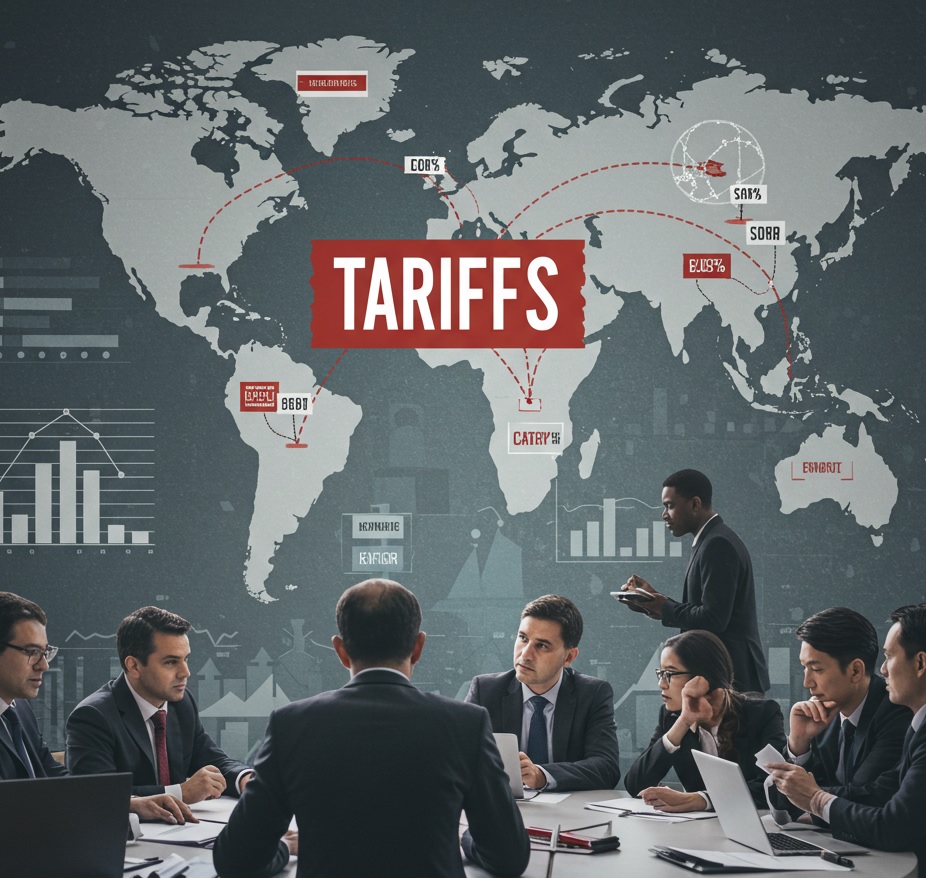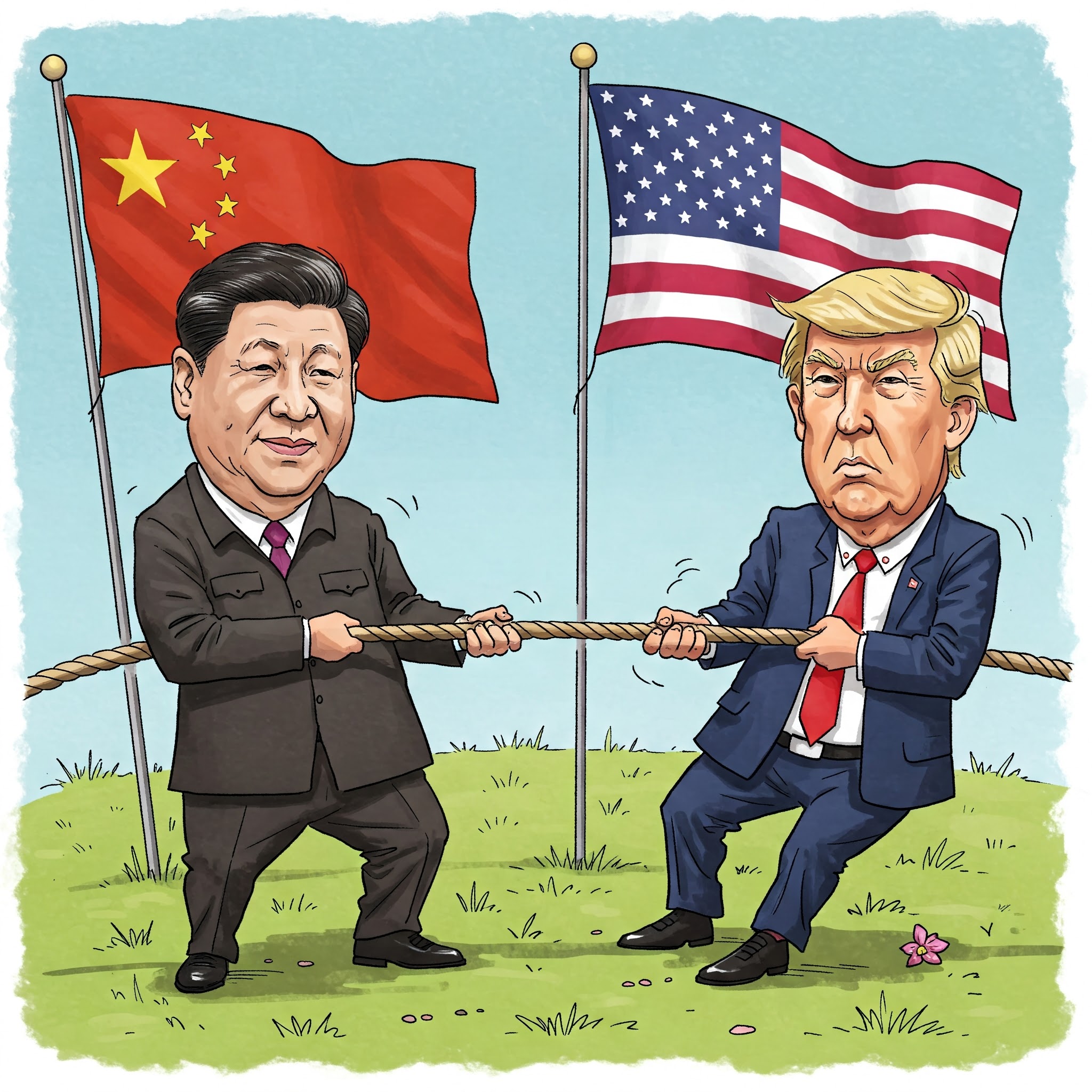
Jeff Bezo’s Amazon and it’s latest move is shaking up the e-commerce world. The retail giant is set to unveil a groundbreaking transparency initiative that will shed light on how tariffs from the Trump-era trade war affect product prices. But is this information overload or a consumer empowerment tool?
As online shoppers, we’ve all wondered about the factors influencing the prices we see. Now, Amazon is pulling back the curtain, offering a glimpse into the complex world of international trade and its impact on our wallets. This unprecedented move raises questions about consumer awareness, market dynamics, and the long-lasting effects of trade policies on our everyday purchases. Will this new level of transparency change the way we shop?
Amazon’s New Transparency Initiative
Or here 👉🏻 ✅
A. Disclosure of tariff impact on product prices
Amazon’s recent decision to display tariff-related charges in product listings has sparked controversy. This move aims to reflect costs associated with tariffs, particularly those from former President Trump’s trade policies. The initiative is set to provide transparency on how these fees affect product prices, empowering consumers with more information about their purchases.
B. Clarifying consumer costs related to Trump-era trade war
The White House has strongly criticized Amazon’s decision, labeling it a “hostile and political act.” Officials question the timing and motives behind this transparency initiative, suggesting it may be politically motivated. This development has intensified tensions between Amazon and political figures, raising questions about the implications for consumers and the broader e-commerce landscape. With this in mind, next, we’ll explore the implications for consumers.

Implications for Consumers
A. Enhanced understanding of price composition
Now that we’ve covered Amazon’s new transparency initiative, let’s explore its implications for consumers. With tariff prices incorporated into product pricing, shoppers gain a clearer picture of cost breakdown. This enhanced transparency allows consumers to better understand the factors influencing prices, potentially leading to more informed purchasing decisions.
B. Potential influence on purchasing decisions
The increased visibility of tariff costs may impact consumer behavior. As seen with platforms like Shein and Temu, where prices have risen due to tariff changes, consumers might reconsider their choices. For instance, a pair of running sneakers on Temu nearly doubled in price from $14 to $27. This stark price difference could prompt shoppers to explore alternative products or sellers, reshaping their buying patterns in response to the new tariff transparency.
Amazon’s new initiative to disclose the impact of tariffs on product prices marks a significant step towards transparency in e-commerce. This move empowers consumers with valuable information, allowing them to understand the true cost breakdown of their purchases. However, it also raises questions about the potential complexity this added information may bring to the shopping experience.
Conclusion: As consumers navigate this new landscape of price transparency, they must weigh the benefits of increased knowledge against the potential for information overload. Ultimately, Amazon’s decision to shed light on tariff impacts reflects a broader trend towards corporate accountability and consumer empowerment. Whether this initiative proves to be a game-changer in online retail or simply adds another layer of complexity to the shopping process remains to be seen, but it undoubtedly sets a precedent for transparency in the e-commerce industry.
LATEST
-
Touched by Zeus: How a Fatal Lightning Strike Peek in to the Glimpse of the Great Beyond
The Man Who Cheated Death Dannion Brinkley isn’t your average Joe. This guy has…
-
iPhones ‘Made in USA’: A Financial Nightmare for Apple Fans?
Imagine walking into an Apple store and seeing an iPhone price tag that reads…
-
The Milky Way to Better Grades? Exam Room Findings Shake Up School Lunches
The recent buzz about the “Whole Milk for Healthy Kids Act” has us, and…











